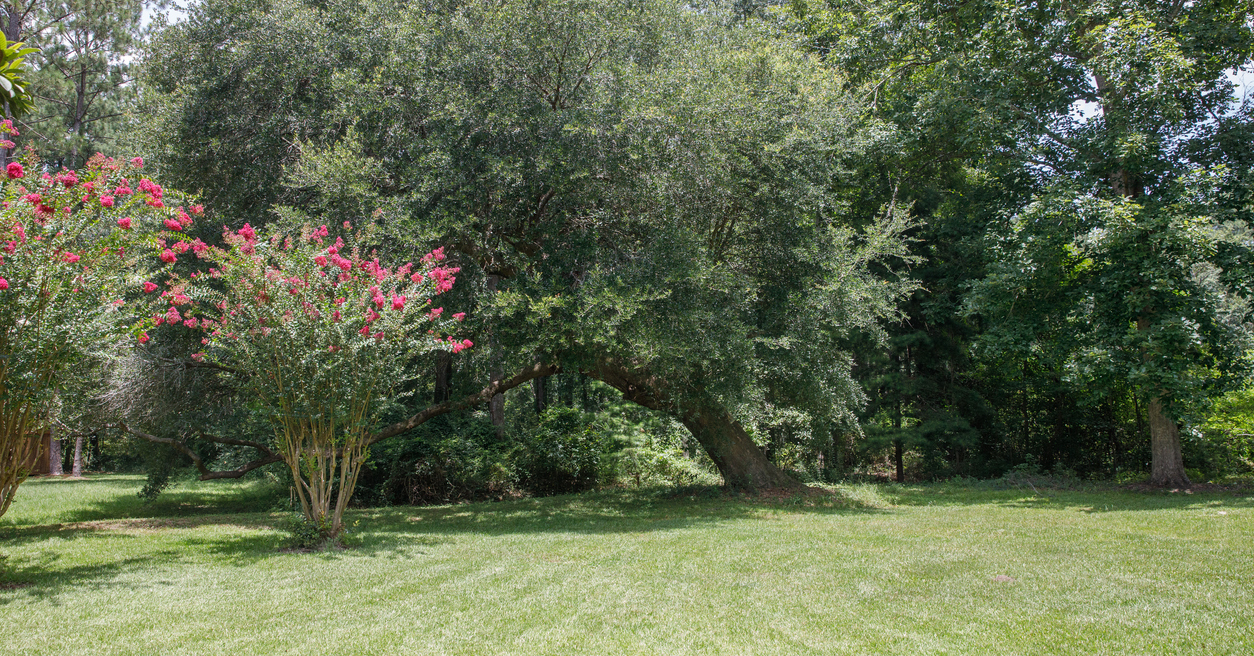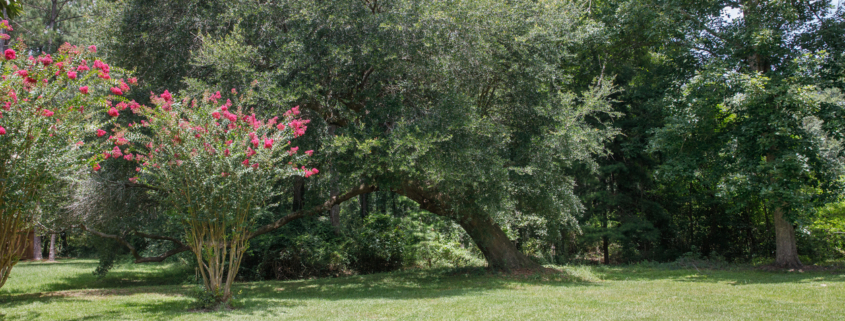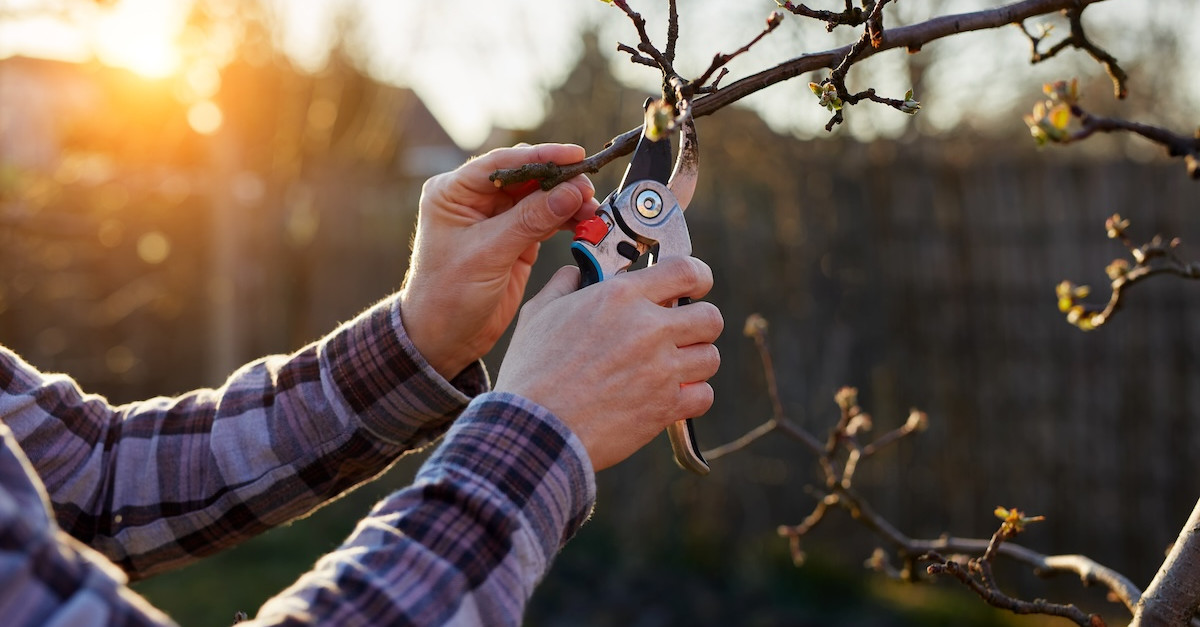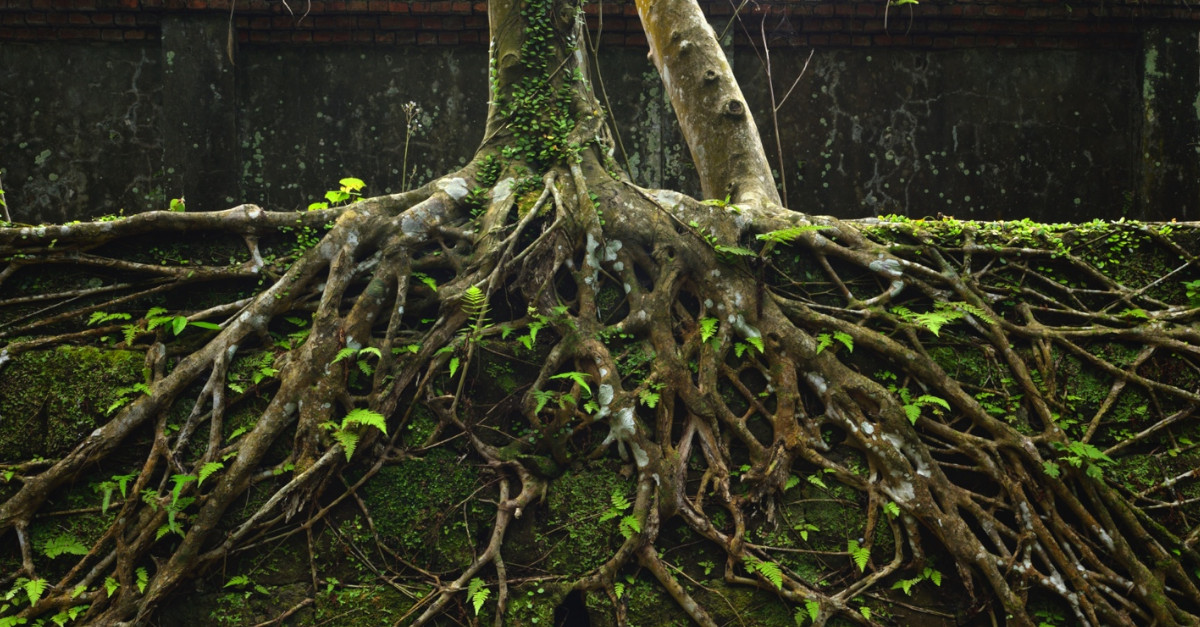Why Your Tree Is Leaning, and What to Do About It
Much like us, trees rarely stand perfectly upright. From one trunk to the next, you’re likely to see at least a slight lean to one side, with variations in tilt among species, size, and other factors. But because a significant lean can indicate a problem, it’s important for homeowners to understand what’s normal and what’s not.
So, what does it mean if a tree is leaning, and what can be done about it? We’re here to answer those questions and more.
Why Is My Tree Leaning?
Oftentimes, a slight lean is simply a product of adaptation. Your tree might be seeking a sunnier spot to sustain growth, or lean in the direction of persistent wind patterns. Some species are also more inclined to naturally shift to one side: Cook pines, for instance, will lean towards the equator no matter where they’re planted!
In terms of local species, you might spot a slant in the trunk of your red maple, willow oak, sweetgum, or tulip poplar, while eastern redbuds have arching branches that can make it appear off-kilter. But leans can also indicate something that’s gone awry, from poor soil conditions to an imbalanced canopy, as well as root damage and competition with nearby foliage.
When Is a Leaning Tree Cause for Concern?
So, what’s the difference between a casual tilt and an angle that needs to be addressed? Here are some warning signs that your leaning tree needs a professional assessment.
Sudden Slant
When a lean occurs suddenly (such as after a storm), it could mean your tree’s roots or trunk have been compromised and it’s at risk of falling.
Noticeable Worsening
Does it seem like your tree is inching further to the side than it once did? Structural issues may be to blame—and call for a professional checkup.
Significantly Sideways
A big lean is usually a big deal. Look for an angle of 15 degrees or more (there are apps to measure this if you don’t have a protractor handy). The larger the lean, the greater the risk of collapse.
Nearby Structures
A sideways slant becomes more serious when structures like your home, driveway, or utilities are within reach. And leaning or not, any tree that’s encroaching on a nearby dwelling should be assessed, since both trunks and falling branches can cause damage.
Raising the Roots
Take a glimpse at your tree’s base. If the roots are visibly protruding from the ground, it might mean that its foundation is no longer offering adequate support.
How to Fix a Tree That’s Leaning
The remedy for a tree with a problematic lean will depend on factors like its age and overall health. Small, young trees with flexible trunks are good candidates for supportive straps and stakes, which you can place strategically to encourage a more perpendicular state. Mature trees might still straighten out with a gentle push from the professionals, either by using machinery, stakes, or both.
In the worst-case scenario, a significantly leaning tree may need to be trimmed significantly or removed entirely. No one likes having to part ways with friendly and healthy foliage, but fortunately, that’s a call you don’t have to make alone.
Request an Estimate With Premier Tree Solutions
Whether you’ve identified a problem tree or you need help deciding what might be a risk, Premier Tree Solutions is here to help. Our experienced arborists offer tailored advice, and through our professional pruning, trimming, and removal services, we’ll keep your property both safe and attractive. Request a free estimate by sending us a message online or by calling 404.252.6448.










